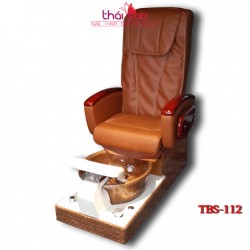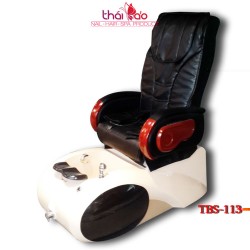Spa Pedicure Chair
- Spa Pedicure Chair
- Nail Table
- Foot Massage Chair
- Foot Basin
- Massage Chair
- Medical Chair, Bed
- Barber, Styling Chair
- Shampoo Bed
- Massage Bed
- Hand Sinks
- Stylist Seating
- Mirror
- Body Care Machine
- Skin Care Machine
- Hair Curling Machine, Hair Steamer , Hair Dryer
- Reception
- Steamer
- Utility Cart
- Furniture
- Office Chair
- Bathtub
- Massage Oil
- Cosmetics
- Thai Bao Dipping Powder
- Nail Industry
- Hair Industry
- Spa Industry
- Tattoo Industry
- Dụng Cụ Bảo Hộ
Latest Comments
-
 Francesco on
My expertise is breaking down the psychology of high-roller gambling.
Francesco on
My expertise is breaking down the psychology of high-roller gambling.
I examine what differentiates the winners from the majority.
my web-site; casino -
 Leatha on
The one-armed bandit is more than just chance; it's a marvel of design. I
Leatha on
The one-armed bandit is more than just chance; it's a marvel of design. I
commit my writing to unveiling the mechanics behind these
fascinating devices.
my web page; casino -
 Houston on
As a former casino; visit Springforest`s official website, worker, I possess a distinct perspective on the mechanics of the gaming business.
Houston on
As a former casino; visit Springforest`s official website, worker, I possess a distinct perspective on the mechanics of the gaming business.
I reveal insights you won't find anywhere else. -
 Christiane on
The craft of bankroll management is the paramount skill a gambler can acquire.
Christiane on
The craft of bankroll management is the paramount skill a gambler can acquire.
I have committed my platform to espousing its merits.
My web page: casino (click through the following web page) -
 Trena on
Then one of the three guys, the youngest one in my opinion, came up behind me
Trena on
Then one of the three guys, the youngest one in my opinion, came up behind me
and knelt down. He lifted me up by my ass,put me on all fours, and started groping me between my legs withh his hand,
then his cock entered my vagin with some tension and started moving around in there.
The guy started fucking me, clutching my aass with blth
hands, driving his cocdk into my wet, overexcited hole
all the way to the balls. The walls of my vagina tightly
enveloped his heated cock, but because of the large amount of lubrication, almost every moveent of his cock in my vagina made a slurping sound.
Almost simultaneously with this young guy, a second guy approached Mark
fom behind and, lifting him off his knees, pulled off his shorts and underwear.
Then he alpso knelt down and directed his cock towards Mark's back passage.
I saw all this outt of the corner of my eye, and att first I thought tha such a huyge penis would not be able tto penetrate
his narrow anus, and decided that tthe guy would give upp aftrer
poking arouhnd a bit. But thaat wasn't the case — with one smooth movement, he shoved his cock into his ass andd started thrusting energetically.
He held my husband's ass aand fuked him the
waay Mark often fucked me.
Feel free to surf to my blog: Fuck ass
 View larger
View larger
Spa Pedicure Chair TBS20
New product
Nailhairspa.com - Spa Pedicure Chair with full massage systems.
- Write a review
Liên hệ
































